
Last fall I shared the student planner I had created for our daughters and after a full year of using it, both she and her sister decided they love it! It has been a perfect fit for our family, but several of you emailed and asked if there was another graphic option available – because a few sons felt it wasn’t quite for them.
After some digging, we found one that our family loved, so another graphic choice for the Student Planner is now available – yay! To celebrate, be sure to read through to the bottom of the post because we are having a sale for one week only!
About the Student Planners
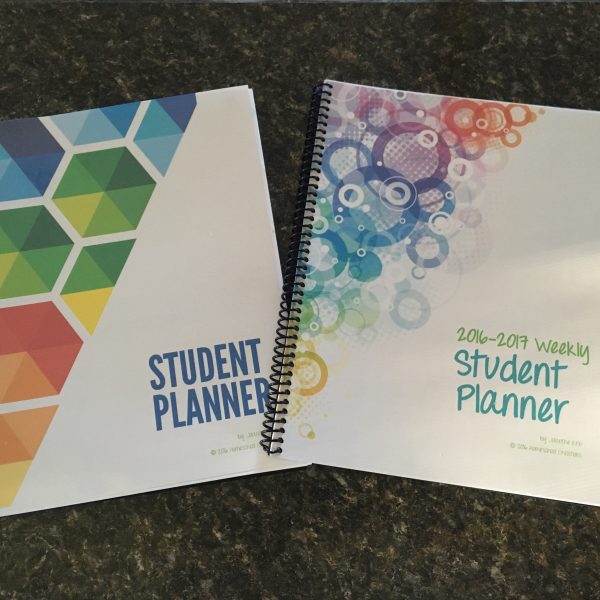
The planners are undated, so you can save the file to your computer and reprint them year after year. At the back of the planner you’ll even find a link to a ‘secret’ page where you can download bonus pages to go along with the planner (and if you have a suggestion, feel free to email me and ask!).
Want a peek inside? I promise it’s super simple – because we found we really didn’t need so much extra stuff, full of color, and ready to download and print. This is a look at our planner from last year (the circle graphic version).
Email subscribers can watch the video here.
A quick note: I figured out that our printer will print BORDERLESS. It was one of the paper choices in settings. In the video you’ll see some of the pages that we experiments with (ones that were or weren’t printed all the way to the edge). Our front and back covers were printed onto cardstock and then laminated for extra durability. We use a heavy weight paper (24 lb.) to print the planner and make the pages a little thicker.
The Student Planner contains:
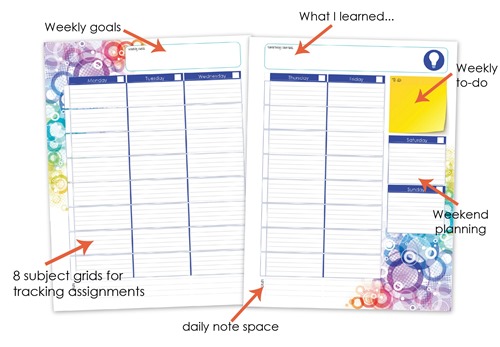
-
8 1/2” x 11” undated pages – use it year after year!
-
year at a glance dates
-
student information and schedule page
-
12 blank monthly planning pages
-
weekly planning pages for 8 subjects
-
planning for every day of the week (smaller spaces for Saturday/Sunday)
-
goals, notes, and ‘what I learned’ section
-
tracking for books read
-
2 layouts: August through July or January through December
- link to a password protected page where you can download updated calendars and bonus pages for the planners
Two Great Designs
Choose the student planner that best fits your family’s needs – or choose both (there’s a special bundle price for purchasing two).
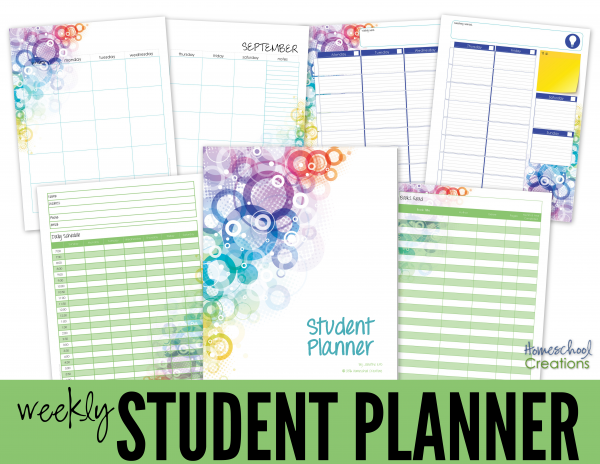
The abstract circle graphic student planner features the colors green, dark blue, and a turquoise blue color for the monthly layouts.
The hexagon graphic student planner features the same inside layout with the colors green, orange, and a medium blue for the weekly layouts.
Purchase a Student Planner
Each student planner is undated so you have the option of printing off a new copy each year. Each planner is available for $10 and you are more than welcome to print off copies for each of your children – this year and in years to come. Purchase both planners together in a bundle and save even more! There are THREE different purchase options.
- Purchase the Student Planner (circle graphic) – $10
- Purchase the Student Planner (hexagon graphic) – $10
- Purchase BOTH Student Planner versions – $16


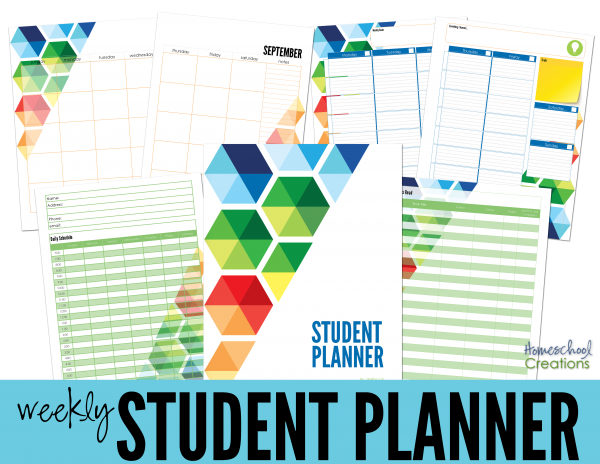
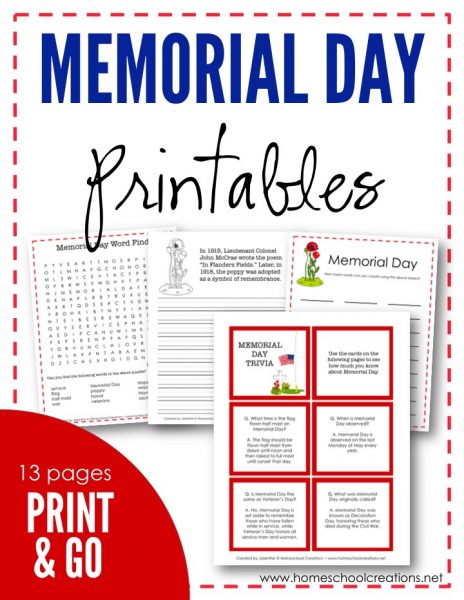
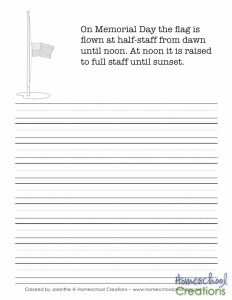
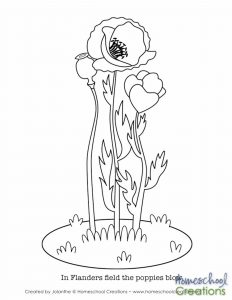
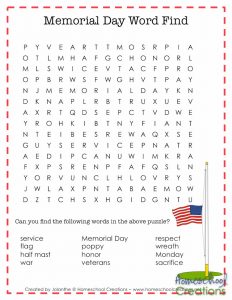
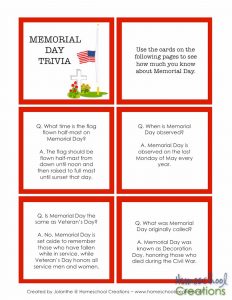

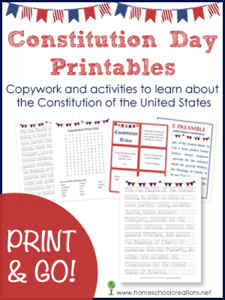
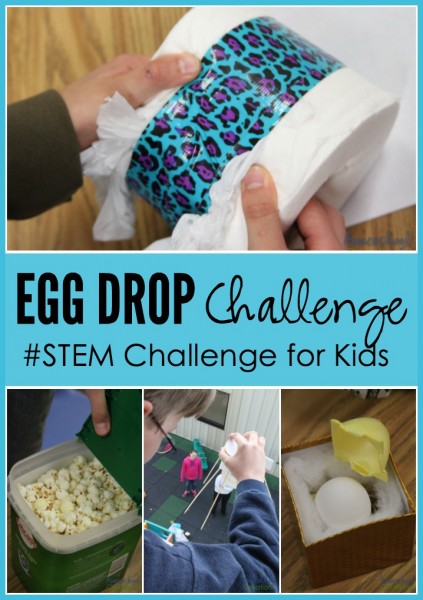
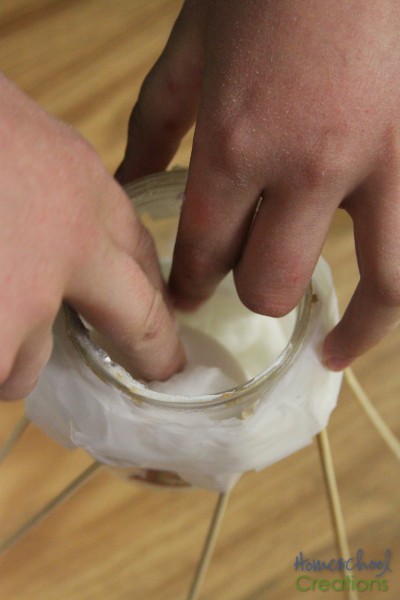
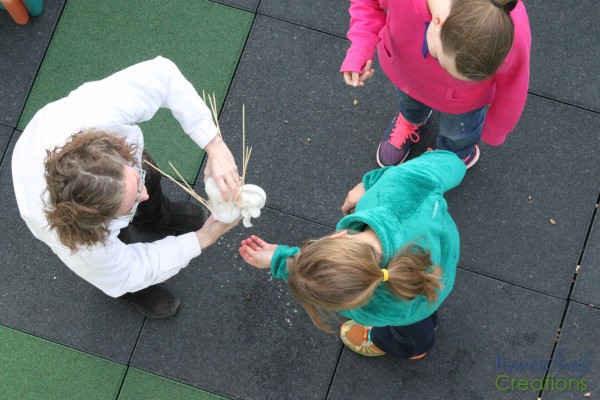
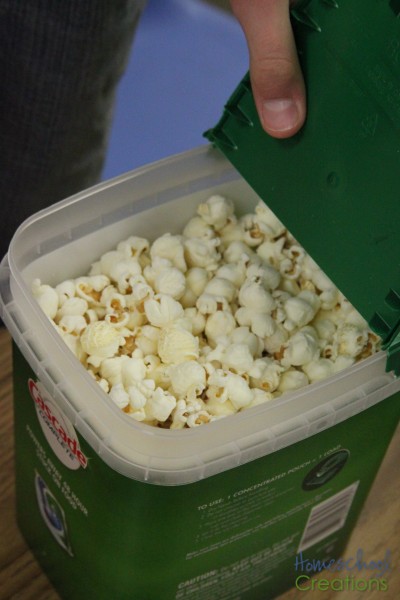
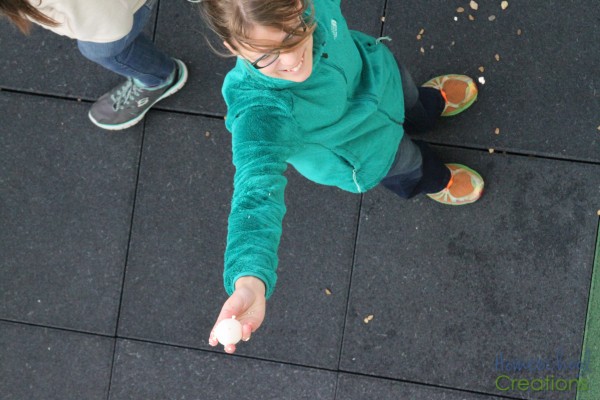
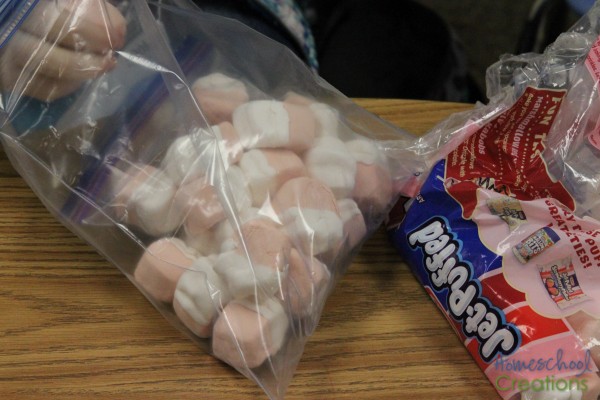
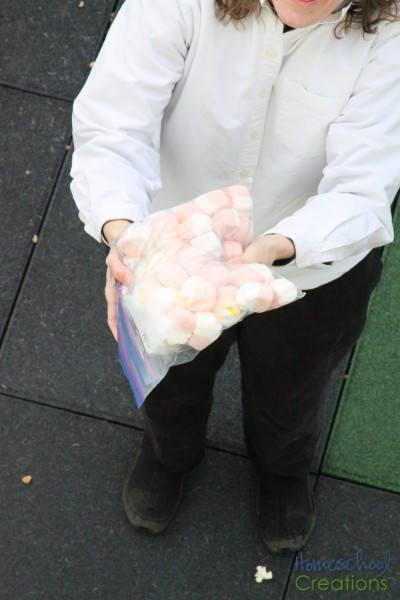
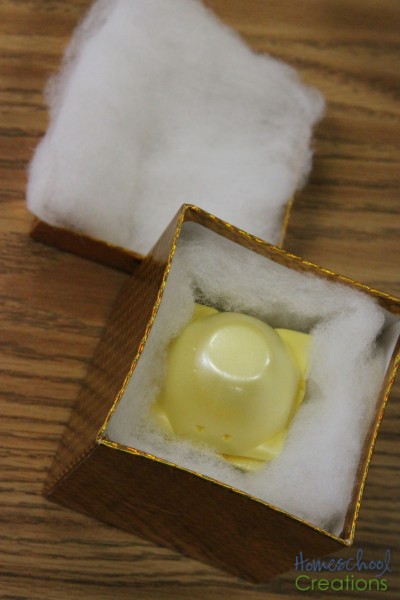
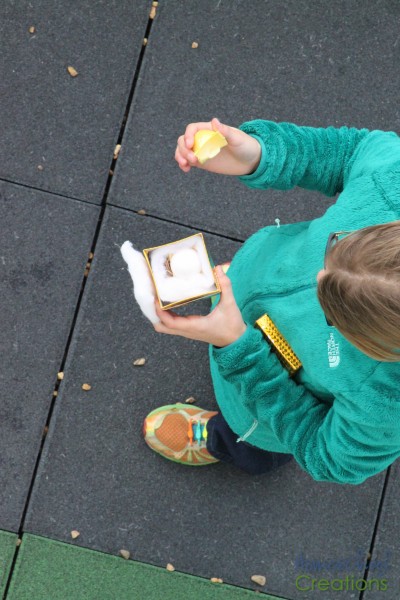
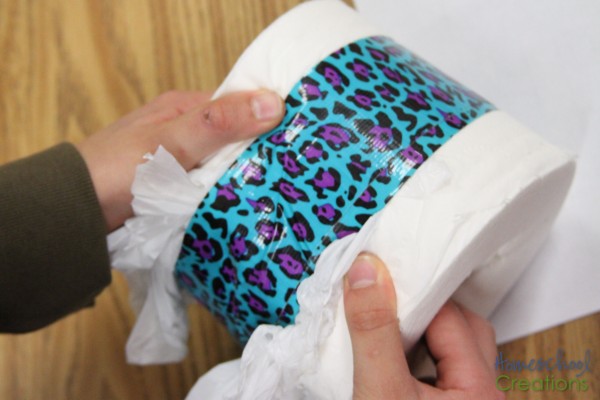
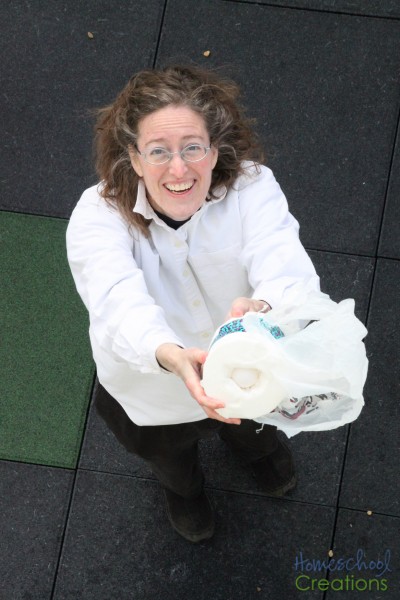
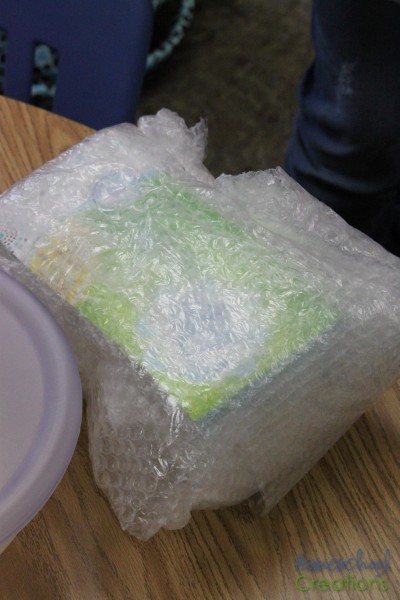
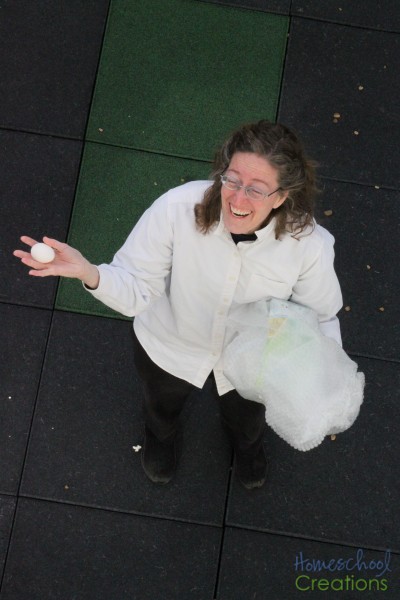
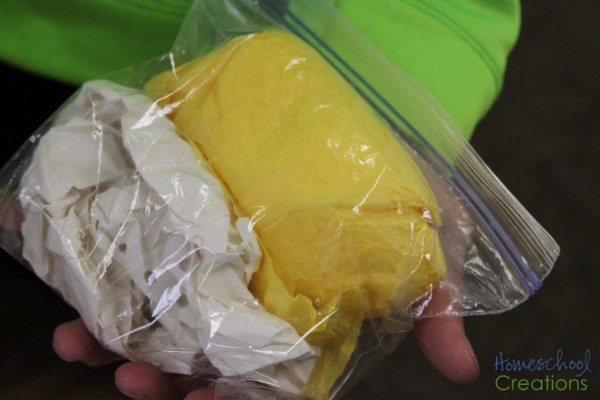
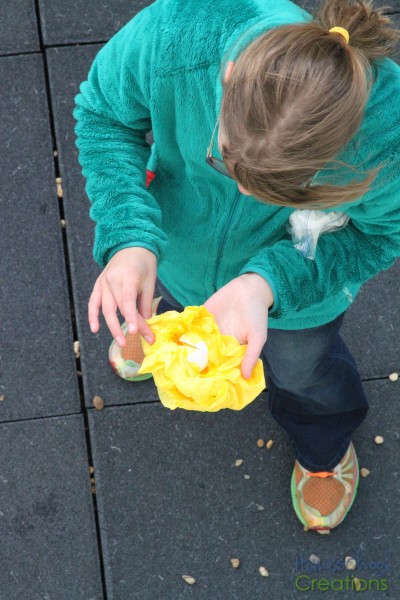
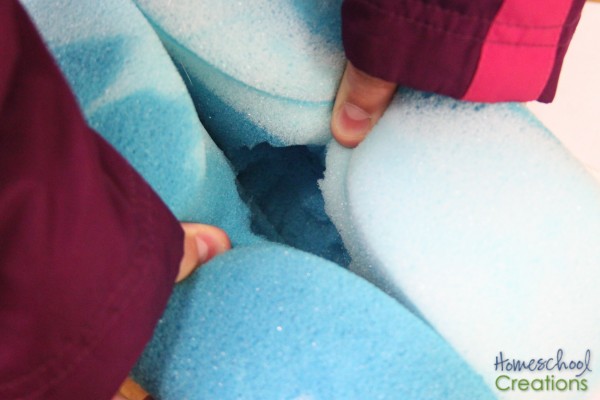
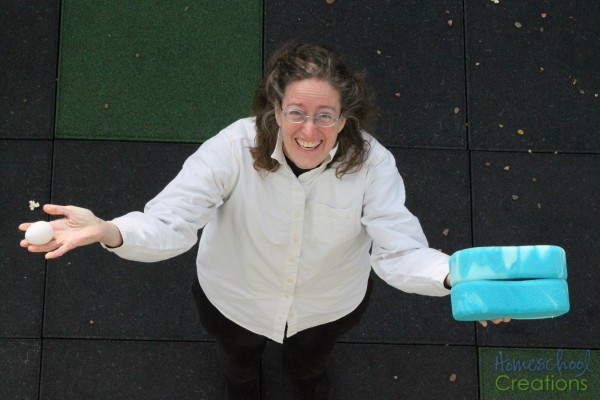
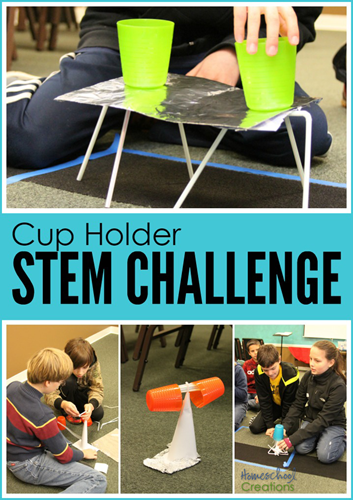
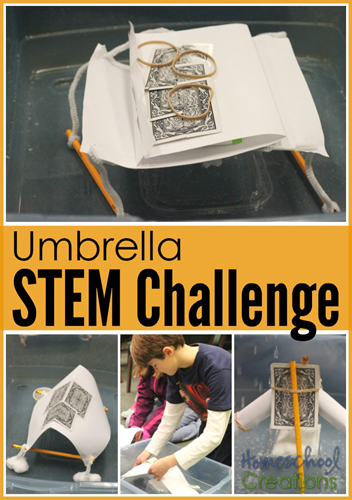
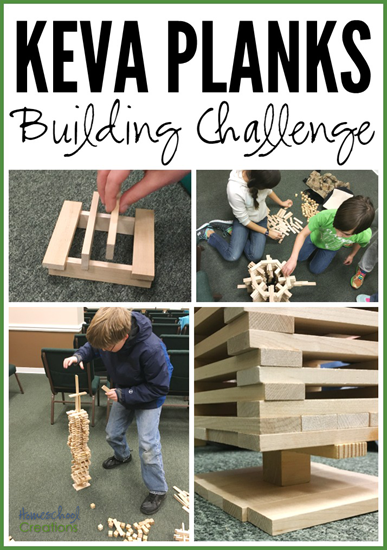
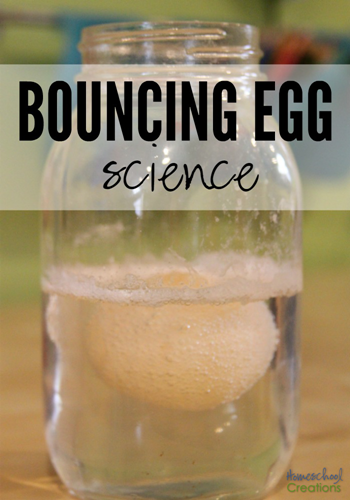
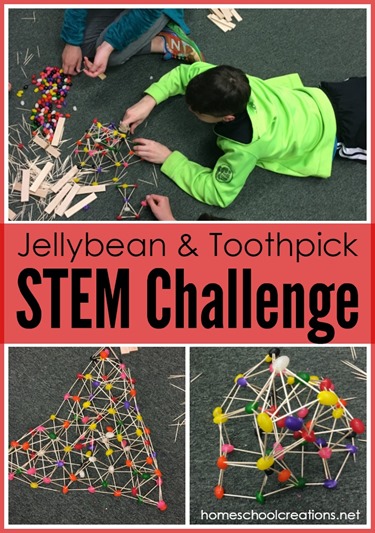

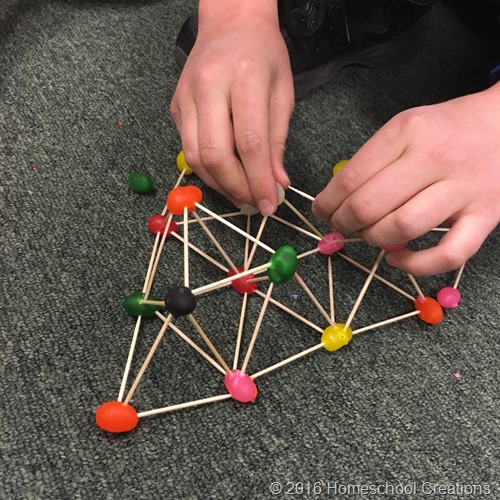
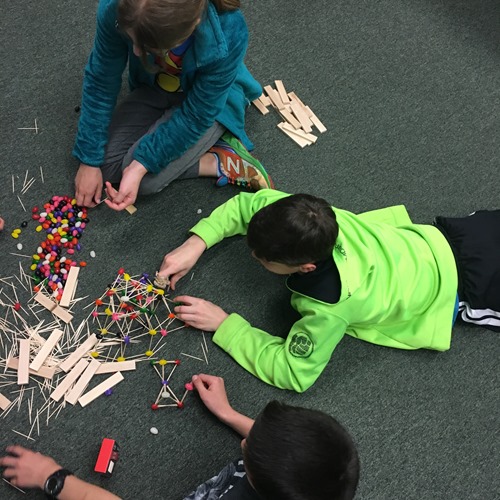

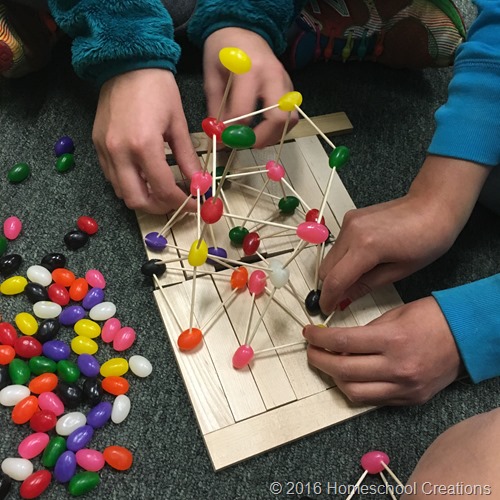

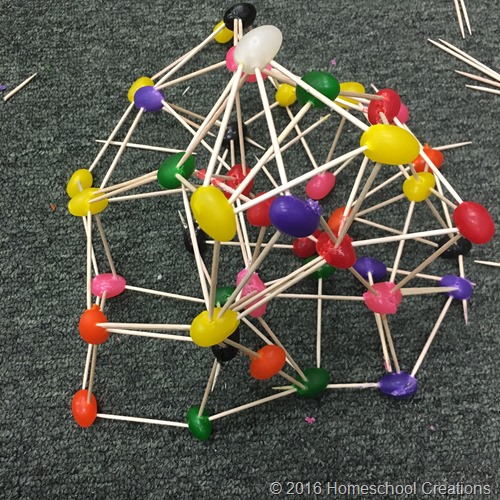

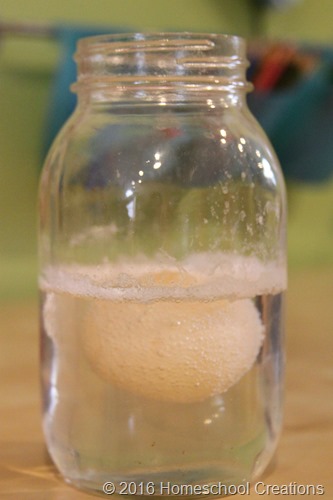
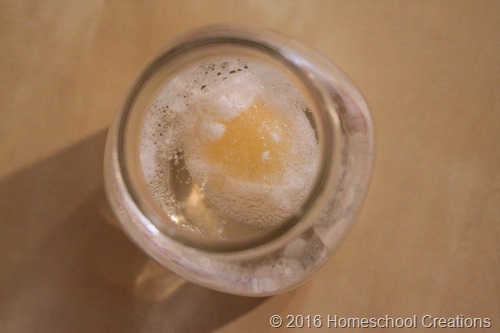
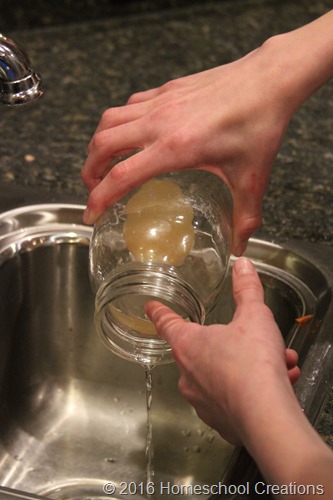
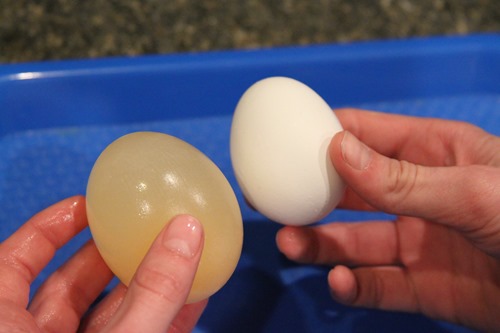
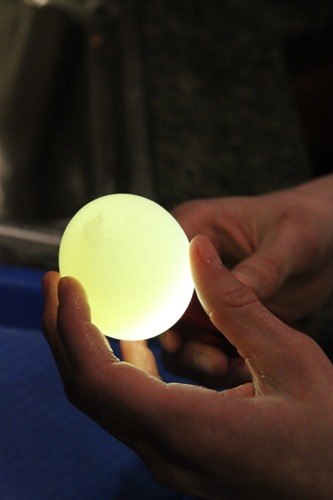
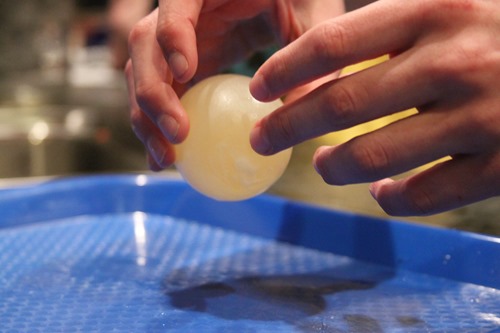
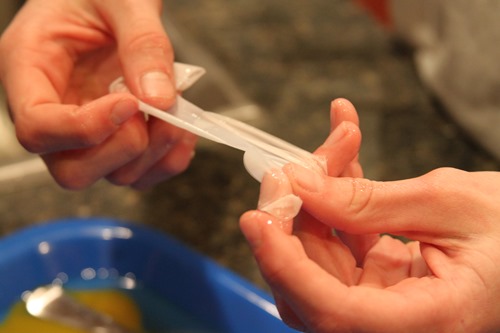
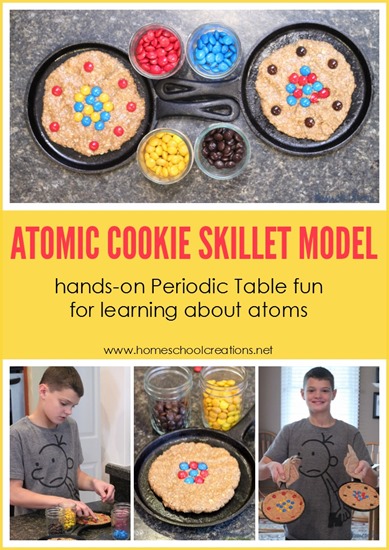
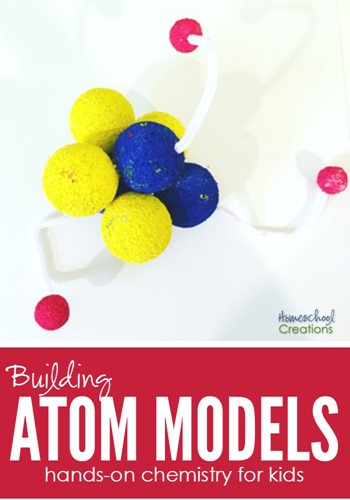
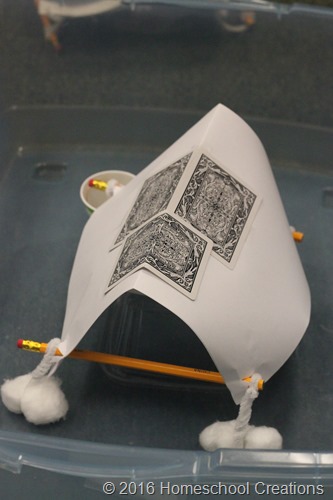
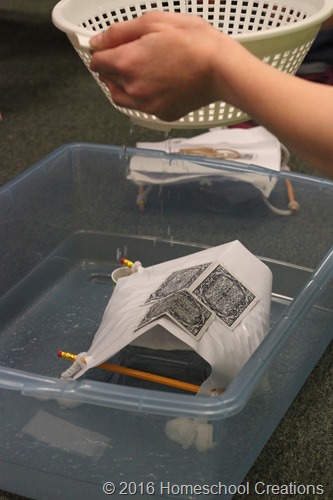
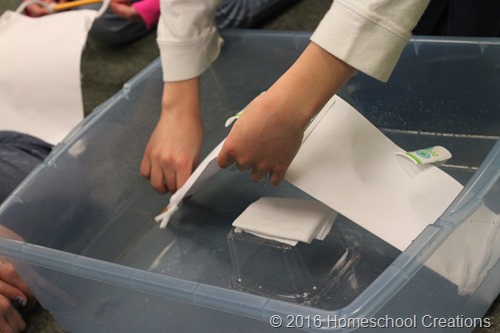
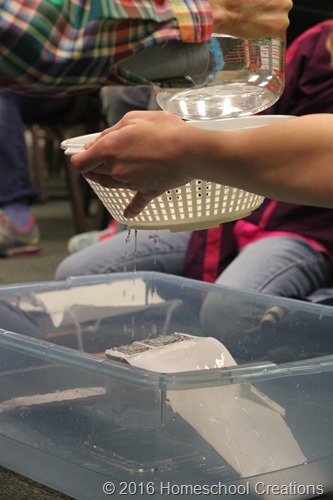
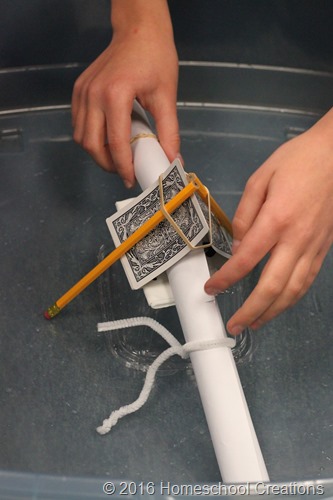
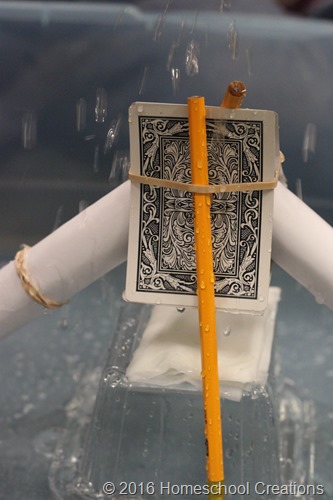
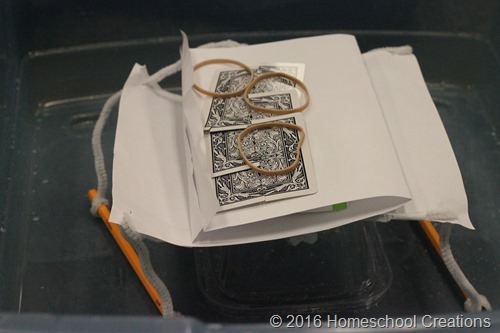
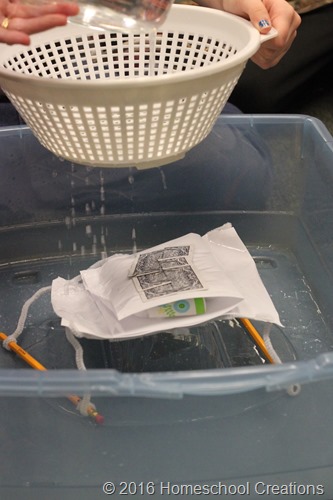
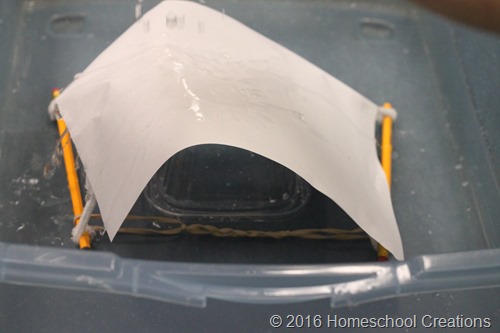
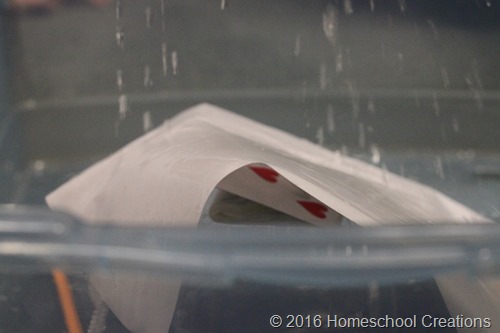
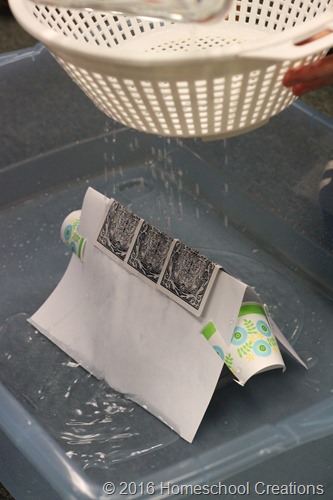




 The printables shared on this site are FREE of charge unless otherwise noted, and you are welcome to download them for your personal and/or classroom use only. However, free or purchased printables are NOT to be reproduced, hosted, sold, shared, or stored on any other website or electronic retrieval system (such as Scribd or Google docs). My printables are copyright protected and I appreciate your help in keeping them that way.
If you download and use some of my printables and then blog about them, please provide a link back to my blog and let me know - I'd love to see how you are using them! Please be sure to link to the blog post or web page and not directly to the file itself. Thank you!
The printables shared on this site are FREE of charge unless otherwise noted, and you are welcome to download them for your personal and/or classroom use only. However, free or purchased printables are NOT to be reproduced, hosted, sold, shared, or stored on any other website or electronic retrieval system (such as Scribd or Google docs). My printables are copyright protected and I appreciate your help in keeping them that way.
If you download and use some of my printables and then blog about them, please provide a link back to my blog and let me know - I'd love to see how you are using them! Please be sure to link to the blog post or web page and not directly to the file itself. Thank you!